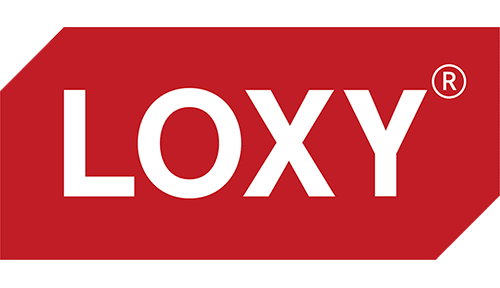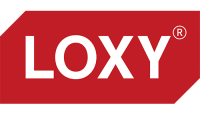LOXY
Frequently asked questions
LOXY® SEAL – seam sealing tape
When the tape is exposed to UV light it can turn yellow. To prevent this, aliphatic TPU is normally used in the product.
Depends on thickness of fabric, but normally a thin 2-layer tape will work
Seam sealing is the verb for making the seams water proof or tight (seal) while seam tape is the product used to achieve this.
Yes, is does.
The tape seals the holes made by needles during sewing and prevents water from passing through the garment.
LOXY® Performance Films & Foils
It means properties like durability, flexibility and excellent tensile strength as well as high puncture resistance.
A film is a homogenous thin thermoplastic material or mix of materials. A foil is two or more films laminated together.
It is when a film is produced in multiple layers that consists of different materials and or colours
That is when we have overpressure and high end filtration of the air inside the film production hall. Also, with strict cleaning procedures in place. This creates an environment close to a clean room, but still not classified as one.
This production in controlled environment and the environment is controlled according to a settled standard. For example ISO class 8 (old 100 000).
A lamination film is designated to be laminated to another film, paper, metal or laminate.
This is how we measure how good a film is to protect your goods from oxygen or water vapor from travelling through the film
Yes, but stored in the right conditions it is very long. Ask for a TDS for you specific product.
LOXY®REX – reflective tape
Reflective tape is designed to enhance visibility in low-light conditions by reflecting light back towards its source. The glass beads embedded in the tape play a crucial role in this reflection process, helping to increase safety by making objects more visible to others.
There are various types of reflective tape available, including pressure-sensitive adhesive tape, sew-on tape, and heat-transfer tape. Reflective tape also comes in different colours, serving diverse needs across industries such as transportation, construction, outdoor recreation, and safety signage, contributing to improved safety and visibility in low-light conditions.
Reflective tape works by reflecting light back toward its source, making objects marked with the tape highly visible in low-light conditions. When light hits the tape, it bounces off the glass beads embedded in the tape, creating a bright reflection.
Reflective tape is commonly used for safety and visibility purposes. Often applied to work wear, vests, helmets, clothing and other objects to make them more visible to drivers and pedestrians, especially at night or in low-light conditions.
Reflective tape is less visible in daylight compared to low-light conditions, but it still has some visibility due to its colour and reflective properties. However, its effectiveness in daylight is not as pronounced as in low-light conditions.
The lifespan of reflective tape varies depending on factors such as exposure to sunlight, moisture, and abrasion. Generally, high-quality reflective tape can last several years before needing replacement.
Fabric softener should be avoided because it affects the binding agent.

